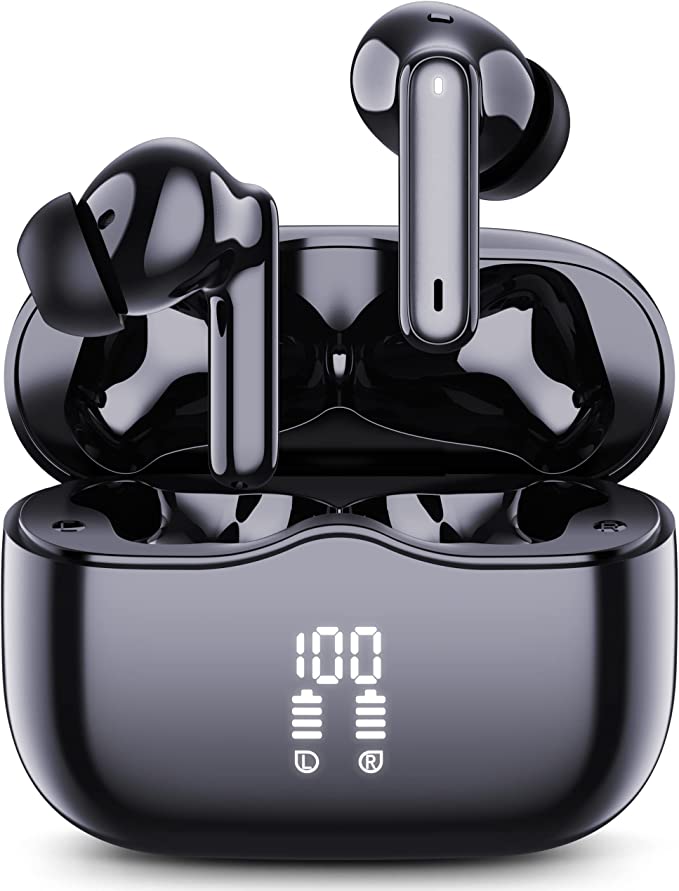Love in the Age of Algorithms: Is Pet Tech Changing How We Bond with Our Animals?
Update on Oct. 14, 2025, 5:52 p.m.
Every evening at 7 p.m., my phone buzzes with a notification. It’s from an app connected to a sleek grey turret in my living room, and it reads: “Your cat’s vlog is ready!” For the next sixty seconds, I watch a montage of my cat, Leo, edited by an artificial intelligence. I see him eating from the automated feeder, chasing a remote-controlled laser, and napping in a sunbeam, all set to cheerful, royalty-free music. I am, at that moment, a devoted pet owner, digitally connected to the life of my furry companion. And yet, I am haunted by a question: in outsourcing these moments of observation and play to a machine, what am I doing to the very nature of our bond? This is not just about a single gadget; it’s about a profound cultural shift. We are living in an era where technology is offering to mediate our most intimate relationships, including the one with our pets, and we must grapple with what that means.

This technological wave is crashing upon the shores of a decades-long sociological transformation: the humanization of pets. For a growing number of people, particularly Millennials and Gen Z, pets are not property; they are family. We call ourselves “pet parents,” our cats and dogs are our “fur babies.” This shift, born of changing family structures, delayed marriage, and a deeper appreciation for animal consciousness, has created an enormous emotional and commercial market. We want to provide our non-human family members with the best of everything, and we feel a deep-seated responsibility for their happiness. But this desire is often in direct conflict with the demands of modern life: long work hours, commutes, and the “always-on” culture. This conflict creates a potent cocktail of love and guilt, and it is into this emotional void that smart pet technology has emerged as a willing and able solution. It promises to be our surrogate, our digital nanny, allowing us to be a “good pet parent” even in our physical absence.
The solutions offered are compelling because they speak the language of modern intimacy: constant, low-friction connection. The two-way audio allows us to whisper reassurances from a business trip. The remote camera allows us to check in between meetings. The AI-generated vlog provides a curated highlight reel of a life we are not present to witness. This is a phenomenon I call “Algorithmic Empathy.” It is the feeling of connection and care that is generated and delivered through a technological intermediary. It is real in its effect—it does make us feel closer, more involved. But it is synthetic in its construction. The vlog I watch is not the product of my patient observation; it is the output of a motion-tracking algorithm. The “play” I initiate is a disembodied interaction, a red dot on the floor controlled by my thumb on a screen. This form of empathy is incredibly efficient. It delivers the emotional payoff of connection without demanding the scarcest resource we have: our undivided time and presence.
This efficiency, however, forces us to confront an uncomfortable truth. Are these devices tools for managing our pets’ well-being, or are they tools for managing our own guilt? We live in a guilt economy, where our inability to meet our own idealized standards of work, social life, and self-care creates a constant hum of anxiety. For pet parents, the guilt of leaving a social animal alone for eight, ten, or twelve hours a day is immense. Smart pet technology is a powerful salve for this guilt. It reframes our absence not as a lack, but as an opportunity for a different kind of presence. We aren’t just away; we are “remotely monitoring,” “engaging in digital play,” “ensuring a precise nutritional regimen.” These actions grant us a sense of control and participation that quiets the nagging voice of guilt. We are buying peace of mind, a technological absolution for the sin of not being there.

There is no simple verdict here. These technologies are not inherently good or evil. An automated feeder can genuinely improve a cat’s health. A camera can provide a vital lifeline for an anxious owner. But we must be fiercely honest about how we use them. The danger is not in the technology itself, but in its potential to become a substitute for authentic connection. The real magic of living with an animal is not in the highlight reel; it is in the quiet, un-instagrammable moments. It’s the feeling of their weight settling on your chest, the wordless communication in a slow blink, the shared silence in a sunlit room. Algorithmic empathy can supplement these moments, but it can never replace them. The ultimate act of love for our pets in this connected age may be the most radical one of all: putting our phones down, logging out of the app, and simply choosing to be present in the messy, unedited, and profoundly real world that we share with them.








